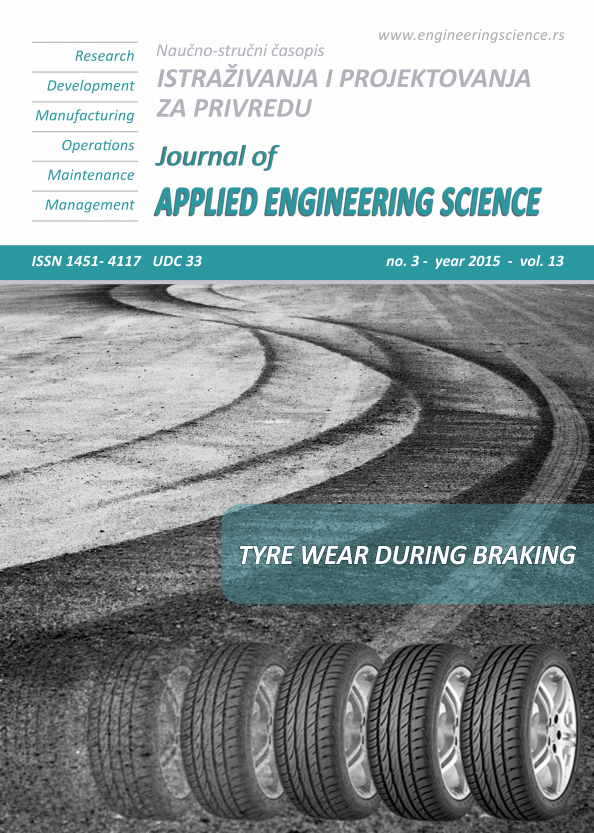PARAMETERS AFFECTING THE REDUCTION FACTOR IN PEDESTRIAN LOAD MODEL BASED ON PULSATING STATIONARY FORCE
Abstract
All dynamic pedestrian load models for serviceability control on pedestrian bridges which can be found in Eurocodes (EC) or guides to EC are based on dynamic load model of single pedestrian. Though the model of moving pulsating force is similar to the real character of pedestrian loading (walking along the bridge) the load model based on stationary pulsating force acting at the most adverse position of the bridge deck may be concurrent in bridge design for the reason of simplicity of acceleration assessment. Pulsating force moving along the bridge span do not produce the same dynamic response as a same pulsating stationary force. Therefore, the amplitude of stationary pulsating force have to be factorised by the reduction factor in a way that both load models (stationary and moving) cause the same maximum structural dynamic response. In this paper the structural parameters (structural system, span length, structural frequency and structural damping) affecting the reduction factor in pedestrian load model based on stationary pulsating force are researched. From conducted analyses it can be concluded changes in structural frequency does not affect the reduction factor, while changes in structural damping, structural system and span length affect the reduction factor, i.e. reduction factor is not a constant value as it is defined in load models proposed in some codes or guides.

